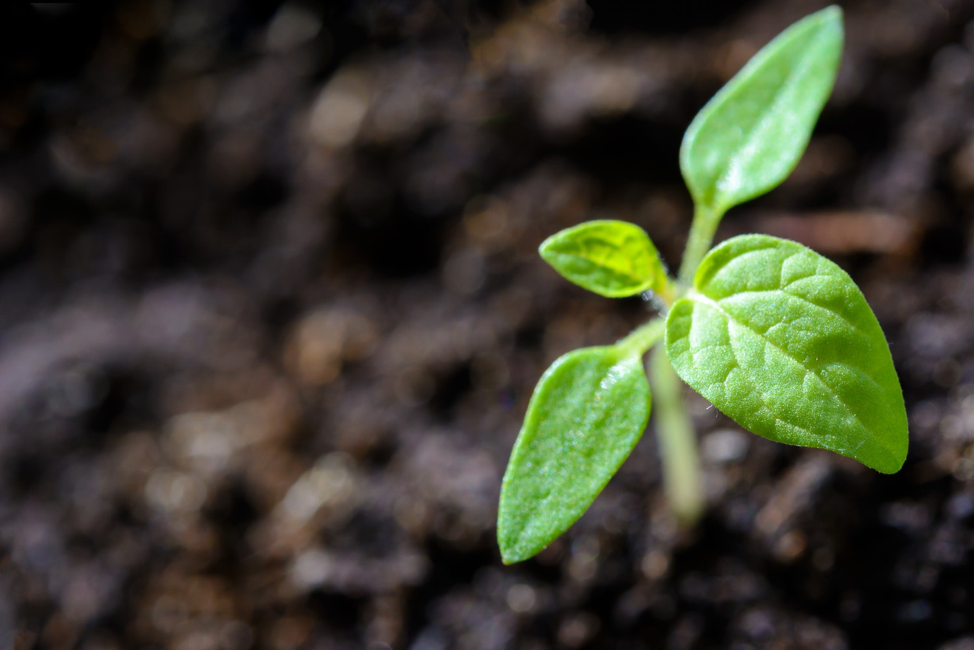Towards Plant Perception as a Case for the Rights of Nature: An Introduction
Figure 1 PhotoMIX ltd at pexels.com
By Alec C. Johnsson
One of the strongest arguments in favor of the Rights of Nature is that plenty of precedent exists for granting legal rights to inanimate objects, let alone nonhumans, as if they were human. In U.S. jurisprudence, the famous (infamous?) recent example of this is Citizens United v. FEC, which extended free speech rights to corporations. Yet, since corporations are very certainly composed of people—as Mitt Romney once conveyed, rather brusquely, to one protester—they are not the strongest example.
In that regard, the recognition of the legal personhood of shipping vessels works much more effectively. There is a long tradition for this in admiralty, dating back to Ancient Greece, marked by the use of “she” to refer to all sorts of watercraft, and with its own precedent in U.S. law. We find that precedent in Tucker v. Alexandroff, an obscure 1902 Supreme Court case concerning Russian naval desertion on U.S. soil, with Justice Henry Brown writing for the majority: “A ship becomes such when she is launched, and continues to be such so long as her identity is preserved; from the moment she takes the water, she becomes the subject of admiralty jurisdiction.” So if ships are fair game, then why not plants? In fact, plants ought to have the better case, as they are not entirely inanimate. The sum of the plant kingdom’s constant, diverse interactions with its habitat comprise a well-known phenomenon of plant perception which could be a latent weapon in the fight to give nature the legal personhood it needs and deserves.
Figure 2 Pixabay at pexels.com
What do we say when we say a plant perceives? On this note, the distinction between plant perception and plant consciousness should be made clear. The former is a perfectly valid field of study and a potential asset to the Rights of Nature cause; the latter is a theory that scientists at large broadly dismiss, as plant species do not have the neuronal structures—the brain and nervous system—that make us and other species sentient. Further, any assertion that a tree can be intelligent in the manner of a mammal or a fish suffers from unfalsifiability. As Bertrand Russell once showed with the teacup-centric universe named for him, one cannot simply state that a claim is true because it can’t be disproven. One needs to be able to test the claim in an experiment which is begun with a concrete idea of the evidence that would disprove the claim, even if the evidence ultimately proves it.
This nugget of skepticism will be useful in helping environmentalists make the distinction between saying that an ecosystem perceives, feels and reacts to something and saying that it thinks anything. This dichotomy is even better outlined in this excerpt from an open letter by Oliver Sacks et al to Christof Koch (who has theorized, for better or worse, that plants—and the internet—could be conscious), which should also serve as a succinct window into the scope and complexity of the field of plant perception:
”We hypothesize that the ‘hard problems’ of sentience, awareness, and ultimately primate self-consciousness begin with the response of excitable cells to external stimuli that threaten to disturb cellular homeostasis. As plant physiologists have noted, animal cells are not unique in responding to environmental stimuli, not unique in inducing whole-organism responses, and not even unique in generating action potentials. Nevertheless, the hypersensitivity of neurons in the animal nervous system is truly unusual in terms of its rapid recruitment of other similarly excitable cells in driving behavior that can restore biological equanimity. We therefore suggest that the higher-level awareness of animal organisms is, in essence, a consequence of the coordinated ‘irritability’ of billions of excitable cells.”
Figure 3 By Skitterphoto at pexels.com
The most urgent aspect of plant perception to the rights of nature is, of course, the ability of plants to detect and adapt to anthropogenic climate change, to the extent that they can. The most fundamental adaptation method that plants and crops have in this regard is the carbon dioxide fertilization effect, which permits them to photosynthesize more CO2 if there is more of it in the atmosphere, in the ideal conditions. The function of ecosystems as a natural carbon sink makes reforestation an invaluable tool to the essential (yet still inchoate) task of negating already released carbon emissions. Plants have even deeper capacities than this, though. A 2017 international study culling three decades of terrestrial data demonstrated that, amidst our higher CO2 concentration, plants in some ecosystems are constricting their stomata (their pores) to be more efficient at consuming water for photosynthesis. This has critical implications for boreal and tropical forests and their rôle as carbon sinks, as well as global carbon and water cycles, and the finding is recent enough that it could have a moderate impact on climate models.
We must add the disclaimer that the ability of plants to adapt to, let alone counter, climate change has its ceiling, past which ecosystems face mortality. The effects on ecosystems of higher temperatures and more extreme weather events ranging from floods to droughts should be obvious. Beyond that, plants may have defense mechanisms that hint at an ability to perceive and communicate when they have reached their carbon intake limit. A 2018 study uncovered that, for reasons not yet clear, plant leaves tend to thicken when inundated with CO2, increasing their mass but not their surface area, and interfering with their ability to photosynthesize. On a large scale, such a trend would reduce the efficacy of forests as carbon sinks and leave CO2 stagnant in the atmosphere, to disastrous results which—the study notes—have yet to be integrated and accounted for in climate models.
The cited studies, and many more (too many to summarize here), imply that climate science could approach a point where plants inform us exactly how much excess CO2 is in the air, and we could react accordingly. Plants therefore prove their value to themselves and to us in registering climate change in ways that scientists have yet to fully comprehend, in exceeding their rôle in our biosphere by adapting to and combating our influx of CO2, and in signaling their breaking point to the outside world. Even if they don’t share our cognition, they certainly ought to have their perceptive capacities rewarded with full legal rights to exist, to be restored after harm, and to have expert legal guardianship—and perhaps even endowed with a certain degree of legal authority over our energy policy.
This is my debut article for the Earth Law Center blog, and it is meant to serve as a freeform prelude to many of the themes I hope to develop and explore as a volunteer writer for this incredible organization.
You can join us by
Signing up for ELC’s monthly newsletter
Volunteering for ELC
Donating to protect the environment



